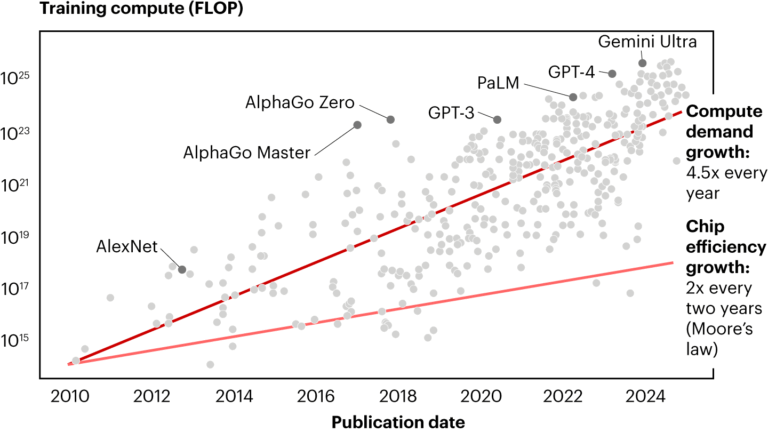- Tech News & Insight
- September 23, 2025
- Hema Kadia
New analysis from Bain & Company puts a stark number on AI’s economics: by 2030 the industry may face an $800 billion annual revenue shortfall against what it needs to fund compute growth. Bain estimates AI providers will require roughly $2 trillion in yearly revenue by 2030 to sustain data
























